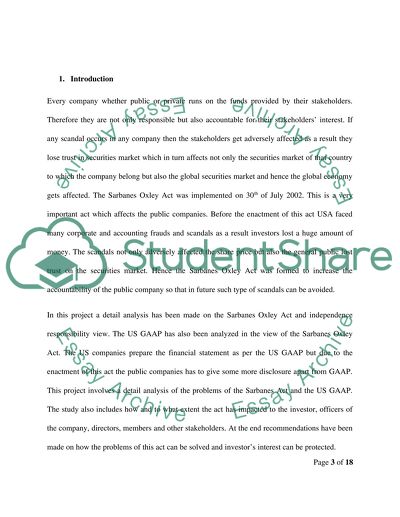Cite this document
(“Sarbanes Oxley Act and Independence Responsibility View Research Paper”, n.d.)
Retrieved de https://studentshare.org/finance-accounting/1390525-sarbanes-oxley-act-and-independence-responsibility-view
Retrieved de https://studentshare.org/finance-accounting/1390525-sarbanes-oxley-act-and-independence-responsibility-view
(Sarbanes Oxley Act and Independence Responsibility View Research Paper)
https://studentshare.org/finance-accounting/1390525-sarbanes-oxley-act-and-independence-responsibility-view.
https://studentshare.org/finance-accounting/1390525-sarbanes-oxley-act-and-independence-responsibility-view.
“Sarbanes Oxley Act and Independence Responsibility View Research Paper”, n.d. https://studentshare.org/finance-accounting/1390525-sarbanes-oxley-act-and-independence-responsibility-view.


